1. Ladybugs Are Fierce Predators
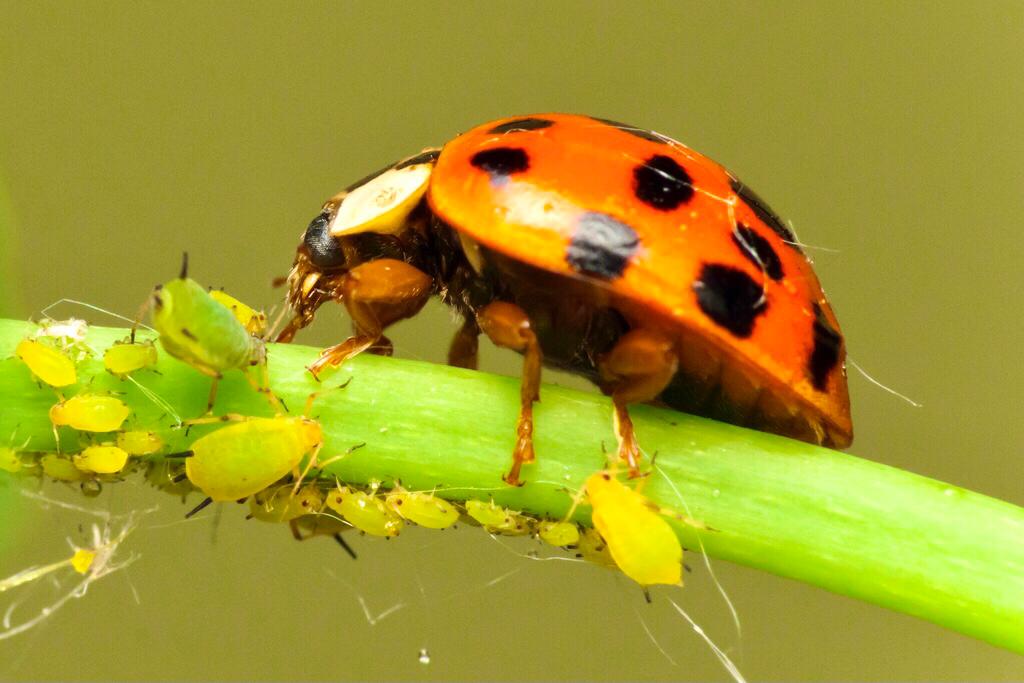
Don’t let their cute looks fool you, ladybugs are voracious hunters, especially as larvae. They feast on aphids and other garden pests, making them a gardener’s best friend. A single ladybug can eat thousands of aphids in its lifetime, turning them into tiny warriors in the battle for healthy plants. Their appetite for pests is so legendary that farmers sometimes buy ladybugs to release in their fields as a natural pest control method.
2. Ladybugs Come in More Than Just Red
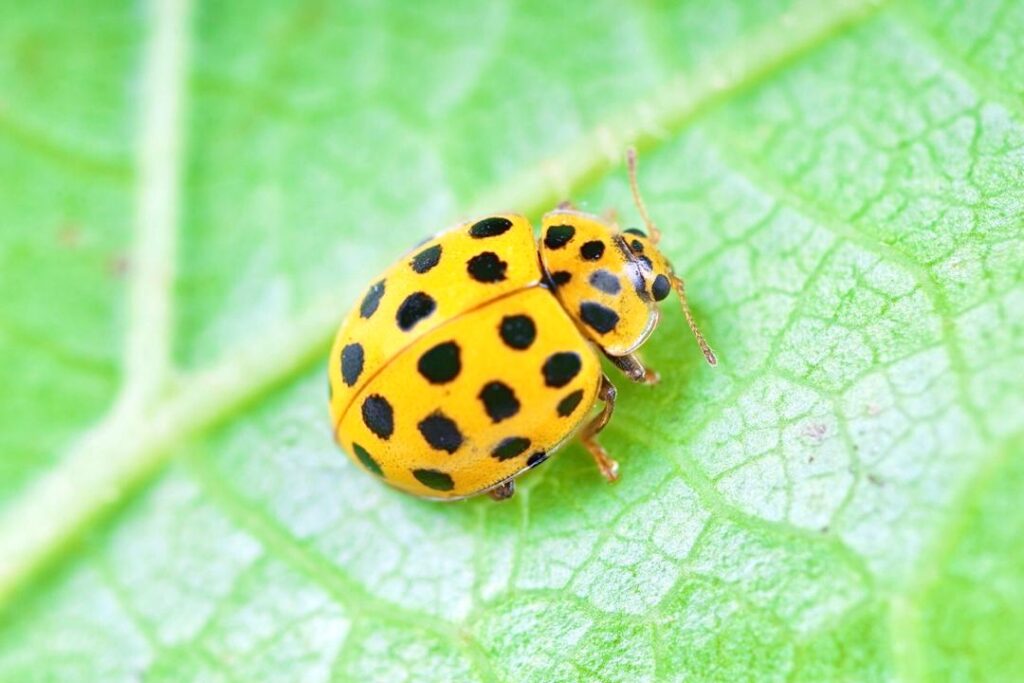
Ladybugs might seem like simple, cheerful garden visitors, but their lives are packed with surprises that most people never guess. Let’s take a closer look at some of the oddest truths about these tiny beetles, each one a reminder that there’s always more to nature than meets the eye.
Most of us picture ladybugs as red with black spots, but they actually come in a whole spectrum of colors and patterns. Some are yellow, orange, pink, or even black, and their spots can vary in number or disappear entirely. This colorful diversity helps them blend into different environments or warn predators that they might taste bad. It’s a little like nature’s own version of fashion trends, with each ladybug wearing its own unique style that tells a story about where it came from and how it survives.
3. They’re Not All Ladies
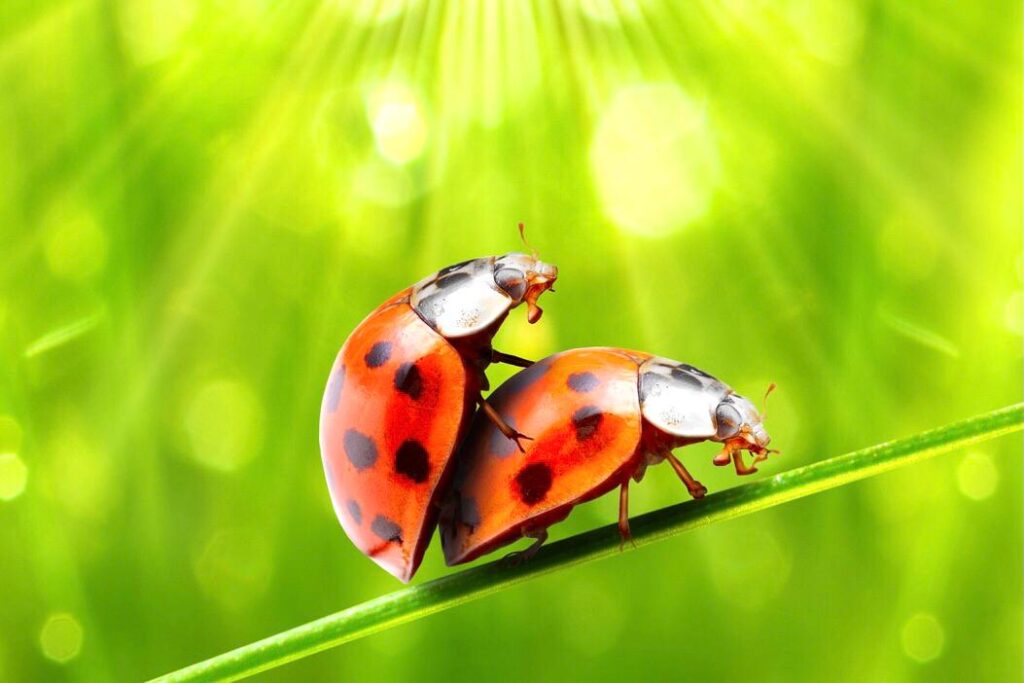
Despite their name, ladybugs aren’t all female. The term “ladybug” is a general nickname, and both males and females share the same look. Scientists call them “ladybird beetles,” and you’d need a microscope to tell the boys from the girls. So, next time you spot a ladybug, remember you’re just as likely to meet a “gentlemanbug” as nature doesn’t play favorites when it comes to naming.
4. Ladybugs Bleed from Their Knees
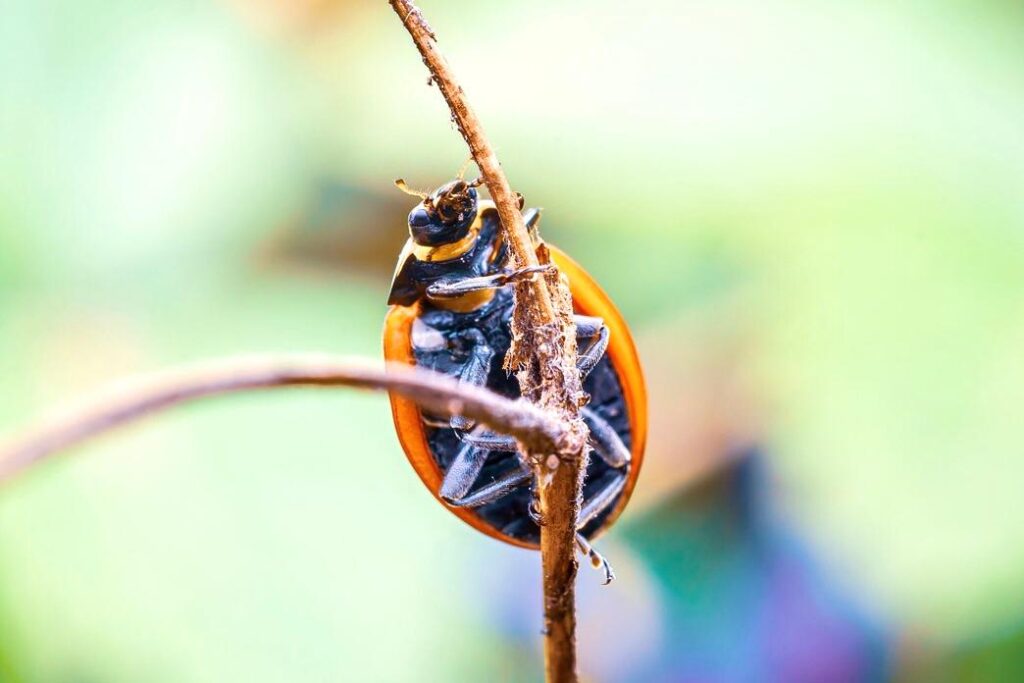
When threatened, ladybugs have a bizarre defense trick: they can “bleed” from their leg joints. This yellowish fluid smells awful and tastes even worse to predators. It’s a warning sign that says, “Don’t eat me!” This strange habit, called “reflex bleeding,” is surprisingly effective at keeping birds and other hungry critters at bay, showing that sometimes the best defense is a little drama.
5. They Hibernate in Huge Groups
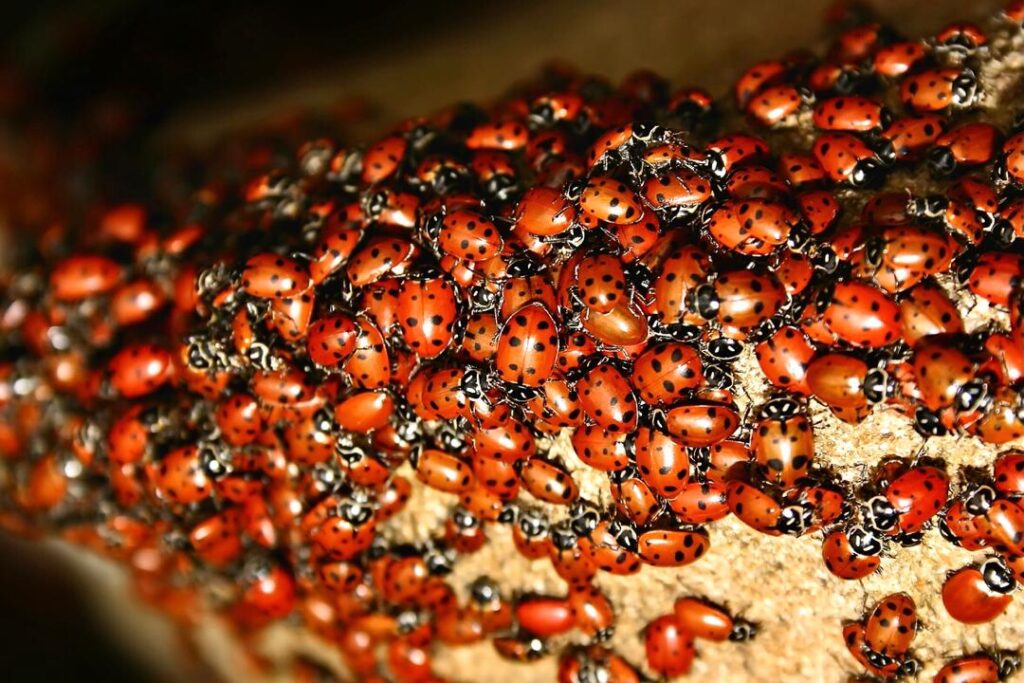
As the weather cools, ladybugs gather by the thousands to hibernate together in sheltered spots. You might find them hiding in cracks, under rocks, or even sneaking into houses. These cozy clusters help them survive the winter chill, and the sight of so many ladybugs packed together is both fascinating and a little eerie. It’s a reminder that survival in nature often means sticking together, even for creatures as small as these beetles.
6. Some Ladybugs Can Be Pests Themselves
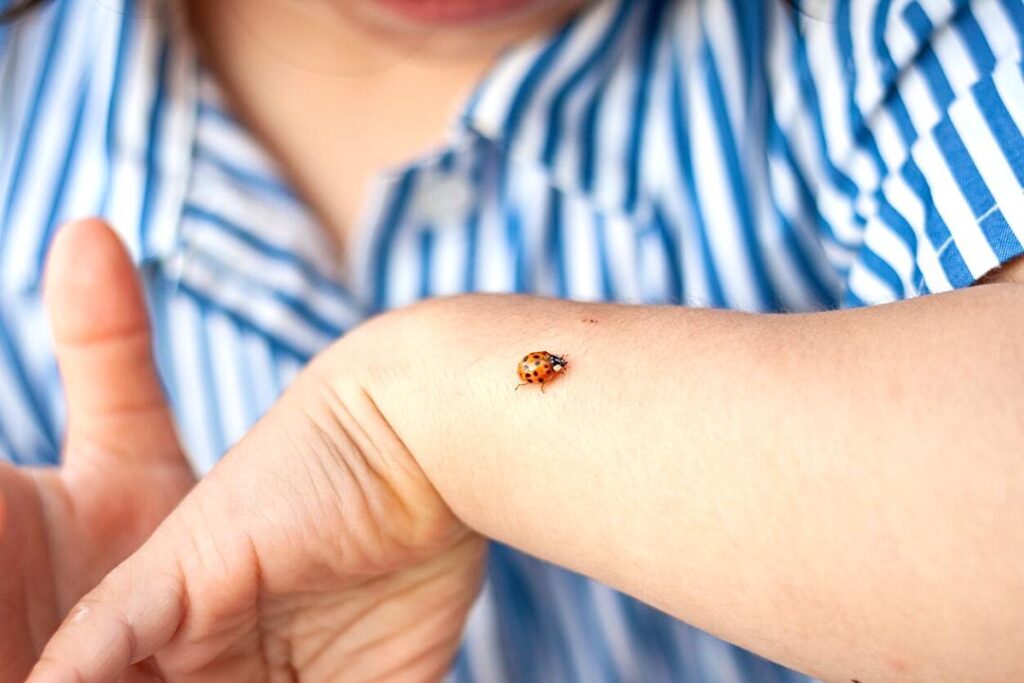
While many ladybugs are helpful, some species, like the Asian lady beetle, can become nuisances. They invade homes in large numbers and sometimes bite, leaving behind a yellowish stain. These invasive ladybugs can outcompete native species and even cause allergic reactions in sensitive people. It’s a twist in the ladybug story because not all of them are the friendly helpers we expect, and sometimes they bring their own set of problems.
7. Ladybugs Lay Eggs Near Food for Their Babies
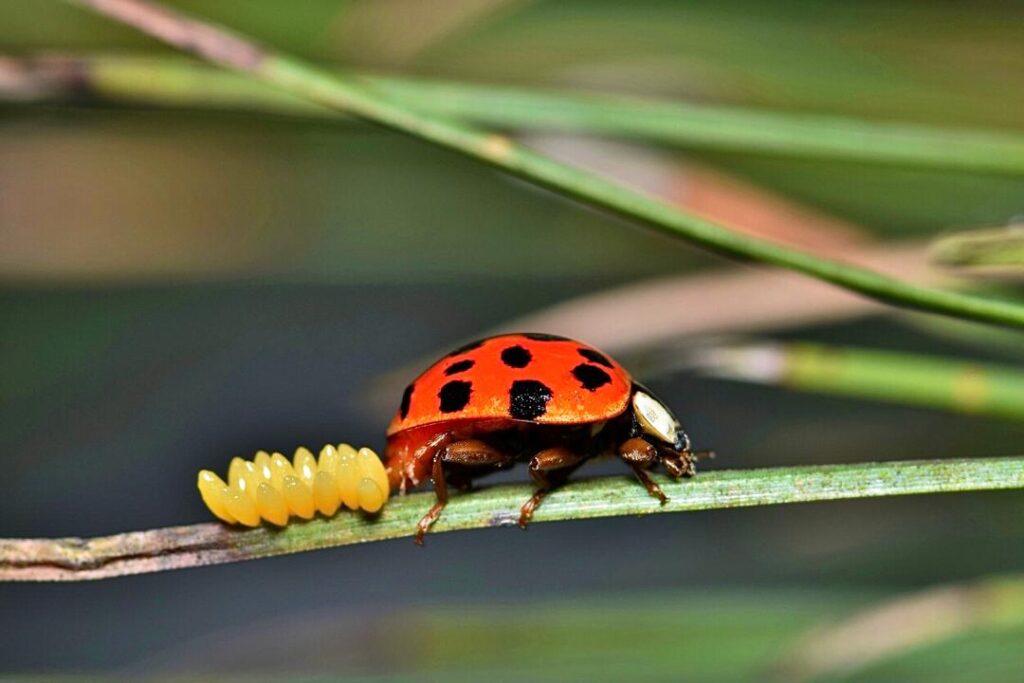
Ladybugs are thoughtful parents in their own way. When it’s time to lay eggs, they choose spots teeming with aphids or other soft-bodied insects. That way, when the larvae hatch, their first meal is right at hand. This clever strategy gives their offspring the best chance at survival, showing that even the tiniest creatures have evolved smart ways to give their kids a head start in life. Nature is always full of surprises, and ladybugs are no exception. The next time you spot one crawling across your hand or hiding in your garden, take a moment to appreciate the strange and wonderful truths behind those spotted wings.


